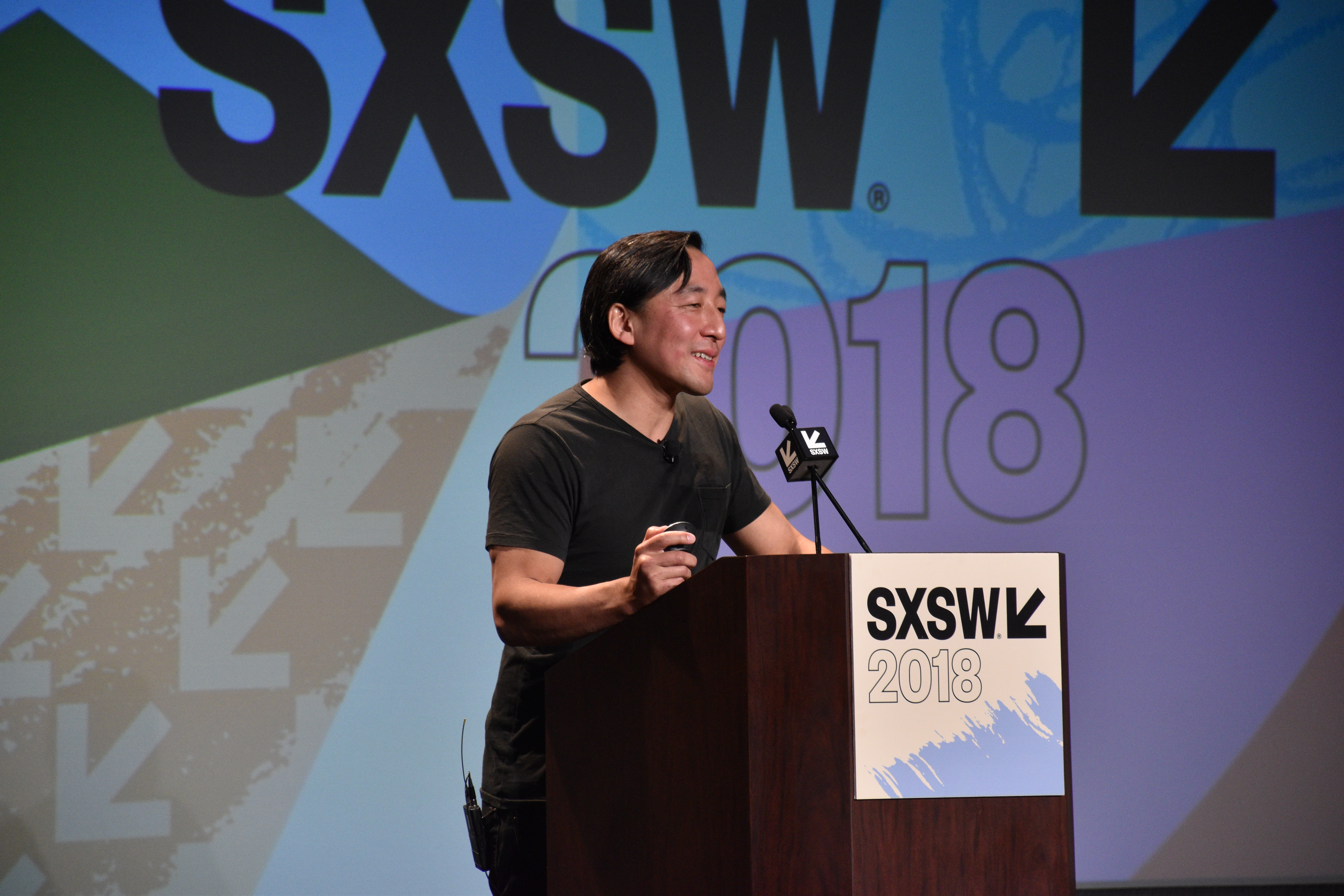In today's digitally-driven world, we all see them and we all use them.
They're quick, six-second moving images which encapsulate the concept "a picture is worth 1,000 words" tenfold -- GIFs.
"GIFs are the legos of visual communication," GIPHY CEO Alex Chung said as he walked out to the applause of a packed crowd at SXSW in Austin.
The content creator then joked a very controversial topic regarding the popular six-second image.
Is the term pronounced 'GIF' or 'JIF'? KVUE prompted the subject in the "Twittersphere" and received a comically appropriate response from GIPHY, itself.
Chung's presentation was light-hearted and fun-natured, but still posed an integral question about our digital society moving forward.
Society has changed and adapted, thus the way we consume content needs to adapt with it in order to keep up. As technology advances, the attention span of society depreciates. According to Chung, an individual's average attention span in 2018 is eight seconds, the average shot in a movie is held for four seconds, and the average viewership on a Facebook video is 10 seconds.
Additionally, millennials consume 18 hours worth of content every day, according to Chung. This includes everything from watching Netflix or television, checking social media throughout the day, creating your own digital content, etc.
Chung said he believes GIFs became as popular as they are due to its ability to fulfill the quick, short attention span with entertaining "short pockets of information."
GIPHY started as solely a GIF search engine in February 2013, but quickly grew. In August 2013, users were able to post, share, and embed GIFs to Facebook. By November 2013, GIFs were integrated into Twitter, as well.
So now in 2018, five years after the company launched, GIPHY has grown into a digital empire. More than 8 million hours of content and 5 billion GIFs are viewed from GIPHY per day, garnering more than 300 million unique visitors or users in that timeframe.
But, how did the organization accomplish such a feat and what's next for GIPHY?
Chung said he implemented a concept he calls the "Real Estate of Content," which in essence represented there is a maximum of 24 hours total in a day where someone could potentially consume content. Within the Real Estate of Content lies what Chung called "prime real estate," or prime-time (either 8-9 p.m., or 9-10 p.m.), which is typically dominated by Netflix. Chung said competing in the primetime hour is very expensive, so GIPHY focuses on publishing micro-content "23/7," excluding the one hour of prime time.
Chung said he wants GIPHY to be ubiquitous -- for the 23 hours consumers are not watching Netflix, GIPHY may fill in those cracks of time throughout the day with small bits of entertaining content.
Chung added he envisions GIFs being on anything with a screen -- whether it be on billboards, in taxi cabs, on television screens, etc.
"Anywhere you can see content, we want to be apart of that," Chung said.


